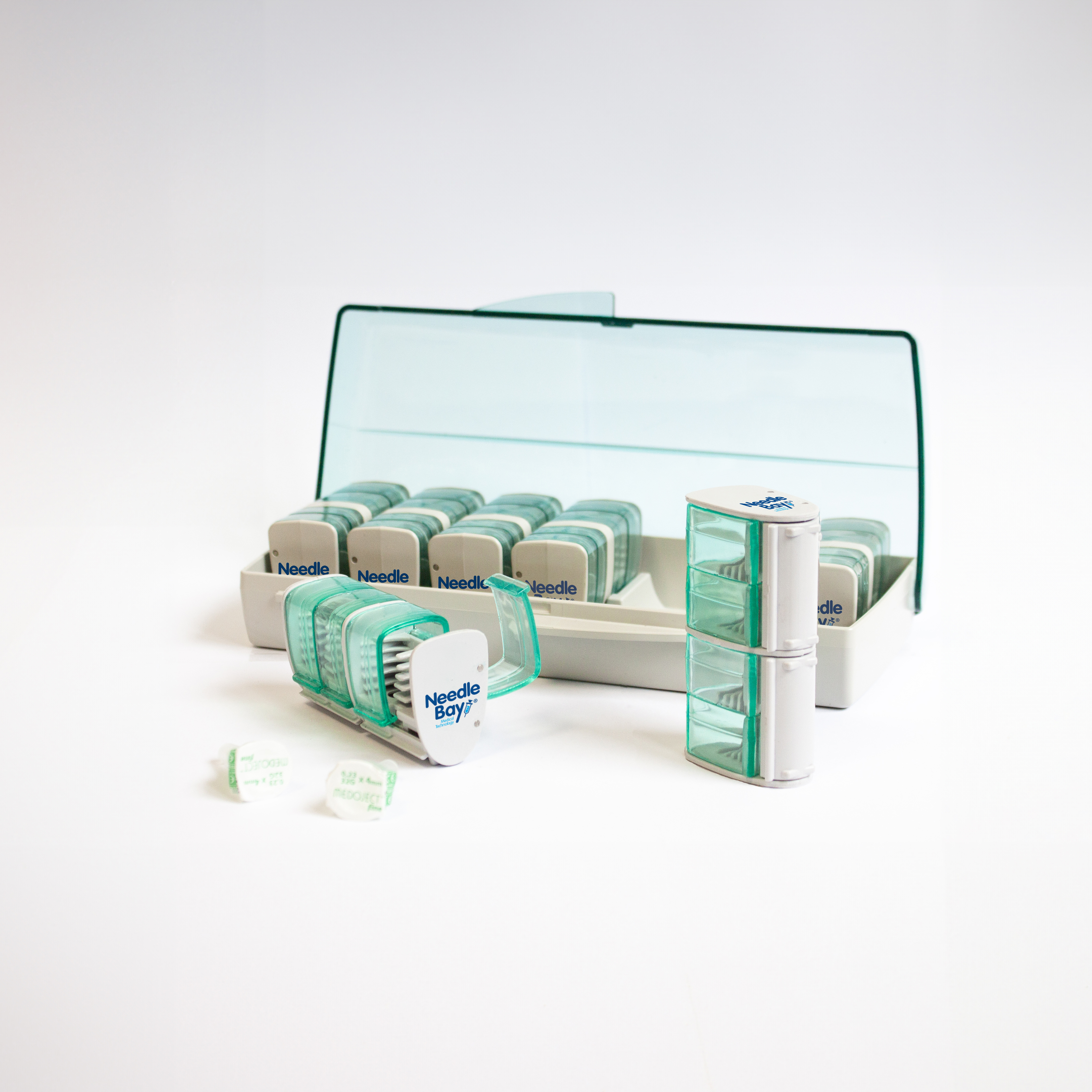Explore the management of Type 1 Diabetes through various types of insulin and administration methods.
Insulin is a hormone that helps regulate blood sugar by allowing glucose to enter cells for energy. In type 1 diabetes, the immune system destroys the insulin-producing cells in the pancreas, leading to high blood sugar levels. Managing type 1 diabetes involves monitoring blood sugar and administering insulin to maintain balance.
For managing type 1 diabetes, different types of insulin are used to mimic the body’s natural insulin production and control blood sugar levels effectively. Long-acting, ultralong-acting, and intermediate-acting insulins provide a steady release of insulin over an extended period, typically ranging from 12 to 24 hours or more, helping to maintain baseline insulin levels.
On the other hand, rapid-acting and short-acting insulins are designed to work quickly, usually within minutes, and their effects last for a few hours, making them ideal for controlling blood sugar spikes that occur during meals. These different insulins are often used in combination to achieve optimal blood glucose control throughout the day and night.

There are various methods to administer insulin for managing type 1 diabetes, each with its own advantages and disadvantages.
Traditional Insulin Syringes
Traditional insulin syringes are the most widely used method for insulin delivery worldwide. This method involves using a small glass vial of insulin in combination with a syringe that has a plunger and a needle.
Pros: Traditional insulin syringes are cost-effective, making them the most affordable insulin delivery device available. Their simplicity means they don’t require much training to use, and they are readily available at clinics and hospitals.
Cons: Self-administration can be challenging for people with muscle or nerve problems, as they may struggle to pull the plunger to withdraw insulin from the vial. Additionally, syringes are not ideal for individuals with needle phobia, especially those who need multiple daily injections, such as people with type 1 diabetes. There is also a high risk of needlestick injuries associated with syringes, both in healthcare settings and at home, which makes waste disposal a hassle.
Insulin Pumps
An insulin pump is a compact, programmable medical device that administers insulin doses directly into the body through a catheter inserted under the skin. They provide continuous insulin delivery and allow for precise adjustments, enhancing blood sugar control. External insulin pumps can be attached to your belt, kept in your pocket, or strapped to your arm or stomach beneath your clothes
Pros: Insulin Pumps deliver insulin in a consistent and controlled manner, minimising blood sugar fluctuations. They also eliminate the need for frequent, insulin injections, offering a more comfortable experience. They also work well with different insulin preparations, such as long- and rapid-acting insulin.
Cons: Insulin Pumps can be expensive and require careful management to avoid issues like infections at the infusion site. They also require regular maintenance, including changing the catheter, refilling the insulin reservoir, and programming the device. Incorrect programming can lead to inaccurate insulin doses, causing low or high blood sugar levels. Wearing an insulin pump may impose lifestyle restrictions, such as when doing sport or in hot weather.
Insulin Inhalers
Insulin inhalers use compressed air to deliver your insulin dose to the bloodstream through the lungs.
Pros: Inhaled insulin offers a non-invasive alternative. Inhaling can mean few injections as they tend to be longer acting reducing the need for an injection at every mealtime. Inhalers are also very portable and there is no need for special storage or insulin refigeration.
Cons: Insulin inhalers aren’t suitable for people with lung problems or even if you have a common cold. Using an insuling pump can cause,They can have variable absorption rates and potential lung-related side effects. The technique to use inhalers effectively can be challenging to, especially children or older adults.
Insulin Pens & NeedleBay
Pros: Insulin pens and pen needles are easy to use, discreet, and suitable for both young and older individuals, offering economical and accurate dosages with minimal pain, particularly benefiting from innovations like NeedleBay. They are also highly portable, allowing users to carry them conveniently in a pocket or bag
Cons: However, insulin pens do have some limitations. They typically offer limited dosing options, restricting users to the predefined increments available on the pen. Additionally, compatibility can be a concern, as certain insulin pens work only with specific cartridges.

Get involved in the launch of NeedleBay
NeedleBay is a convenient and discreet device designed to help patients administer insulin using pens. It streamlines the organisation and storage of pen needles and insulin pens, making it easier to manage supplies. This system reduces the daily hassle of handling injections, offering patients greater freedom and simplicity in their diabetes care routine.
Why not get in touch with us and find out more about our NeedleBay products. Or order one today to see the benefits for yourself.

